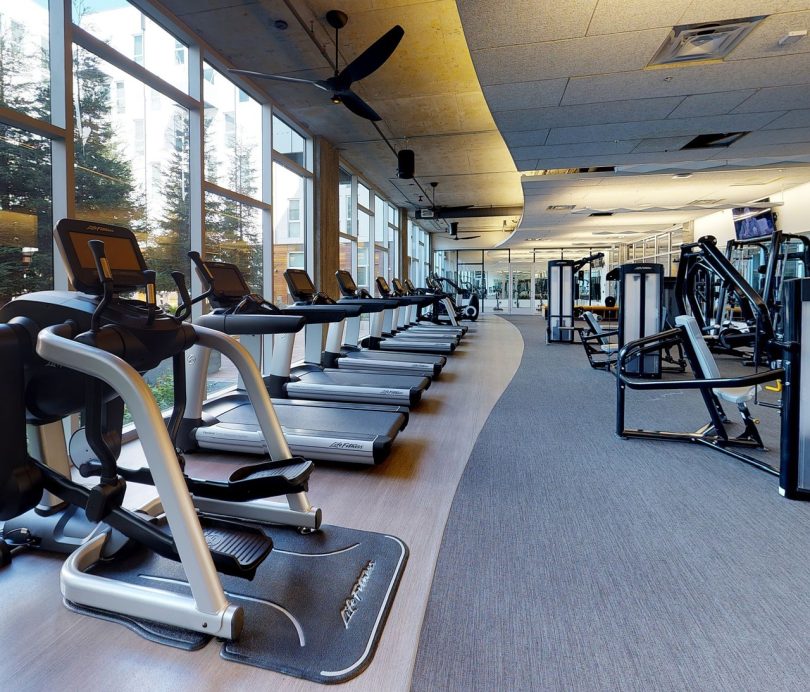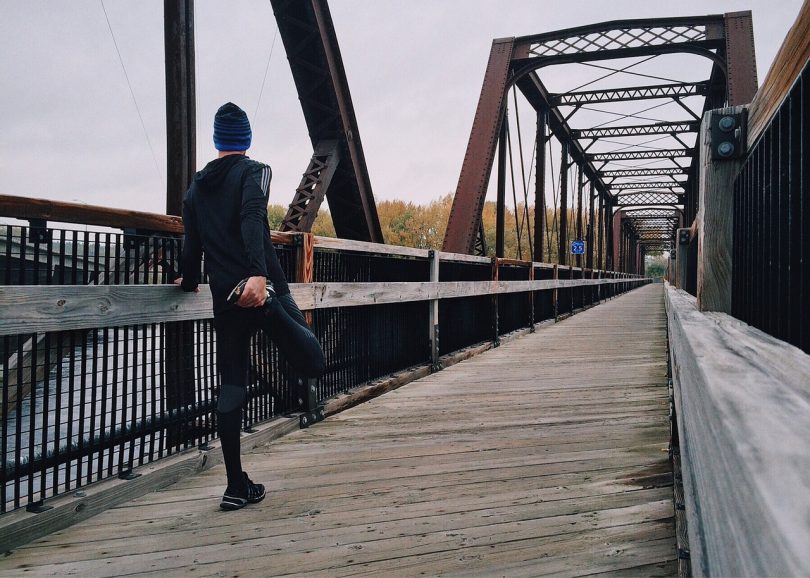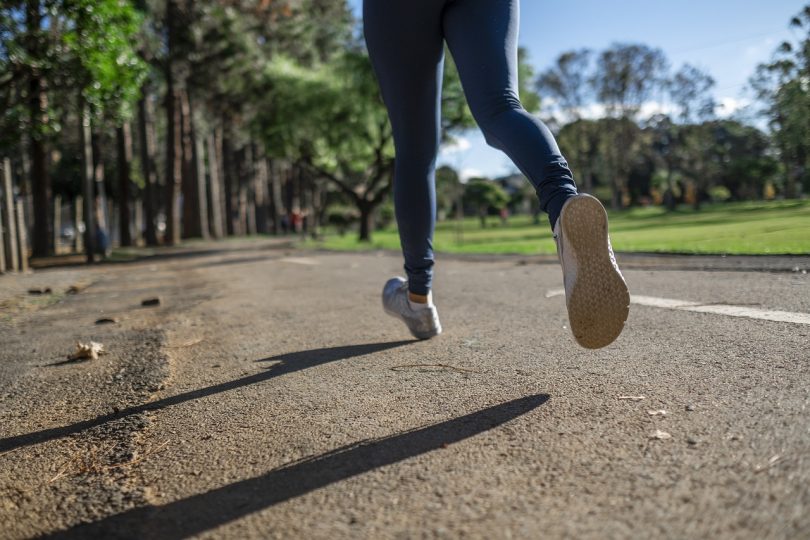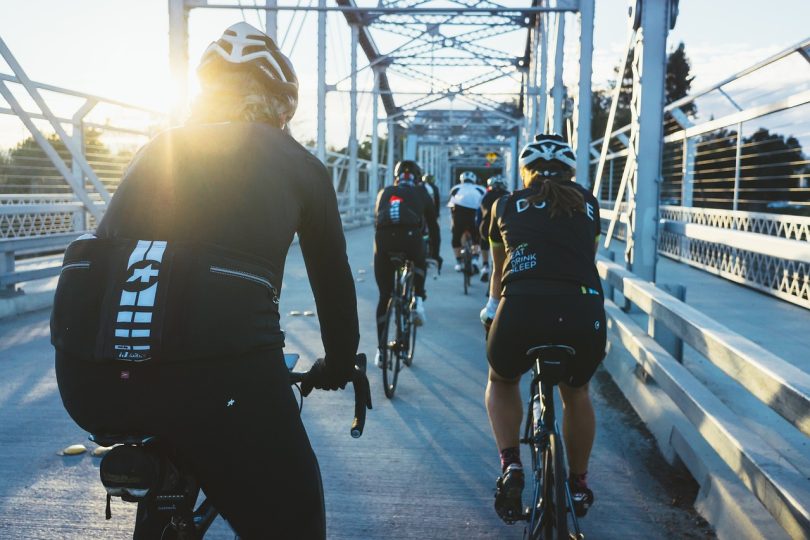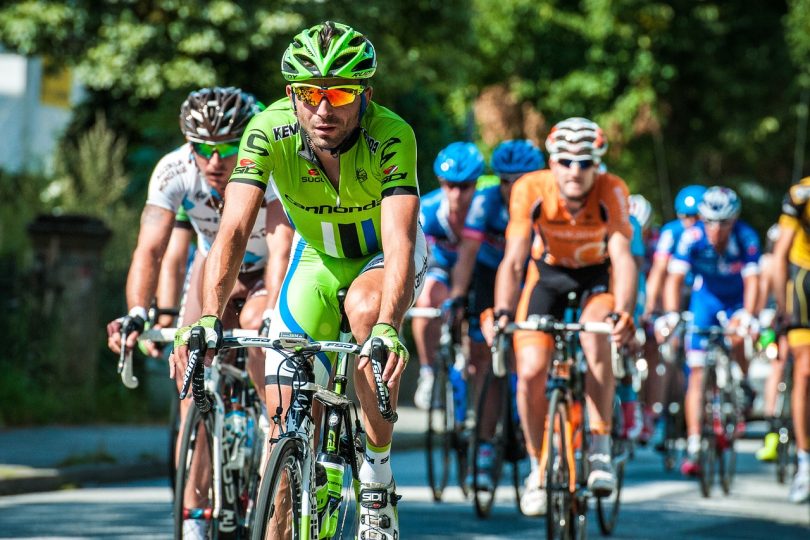The deadlift is a compound exercise that targets multiple muscle groups, making it one of the most effective and powerful movements in the world of strength training. However, mastering the deadlift requires more than just sheer strength. It demands proper form, technique, and an understanding of different variations to maximize the benefits while minimizing the risk of injury. In this comprehensive guide, we will take you through the step-by-step process of mastering the deadlift, explore its incredible benefits, and delve into various variations that you can incorporate into your training routine.
Mastering the Deadlift: A Step-by-Step Guide
Deadlifts are one of the most effective compound exercises for building overall strength and power. Whether you’re a beginner or an experienced lifter, mastering the proper form and technique is essential for maximizing your gains and minimizing the risk of injury. In this step-by-step guide, we’ll walk you through the key elements of a perfect deadlift.
Proper Form and Technique for Deadlifts
The foundation of a successful deadlift starts with proper form and technique. Before picking up a barbell, it is crucial to ensure that you prioritize safety and maintain a neutral spine throughout the movement. This means keeping your back straight and avoiding any rounding or excessive arching.
Begin by positioning your feet slightly wider than shoulder-width apart, with the barbell placed directly over the middle of your feet. This stance provides a stable base and allows for optimal force transfer during the lift.
Next, lower your body by bending your hips and knees, within a controlled range of motion, until your shins touch the barbell. This position ensures that your center of gravity is directly over the barbell, setting you up for a powerful lift.
Grab the barbell with an overhand grip, keeping your shoulders back and chest up. Your hands should be just outside your legs, allowing for a smooth and efficient pulling motion. Engage your core and brace your abs, then lift the barbell by extending your hips and knees, driving through your heels.
As you reach the top position, squeeze your glutes and maintain a straight line from your head down to your heels. This full hip extension maximizes the activation of your posterior chain muscles, including your glutes, hamstrings, and lower back.
Common Mistakes to Avoid When Deadlifting
While the deadlift is a fantastic exercise, certain common mistakes can hinder your progress and increase the risk of injury. One common error is rounding your back, which can put excessive stress on your spine. Remember to maintain a neutral spine throughout the movement and engage your core to support your lower back.
Another mistake to avoid is using your lower back to lift the weight instead of utilizing your legs and hips. The deadlift is a full-body exercise, and the power should come from your legs and hips, not your lower back. Focus on driving through your heels and activating your glutes and hamstrings to maximize your power and minimize stress on your back.
Finally, be mindful of lifting too much weight before mastering the proper technique. It’s tempting to load up the barbell and go heavy, but this can lead to poor form and increase the risk of injury. Start with lighter weights and gradually increase the load as your form and strength improve.
Remember, mastering the deadlift takes time and practice. By focusing on proper form, technique, and avoiding common mistakes, you’ll be well on your way to becoming a deadlift master. So grab that barbell, engage your muscles, and lift with confidence!
Unveiling the Incredible Benefits of Deadlifts
How Deadlifts Can Transform Your Strength and Physique
Deadlifts are not just about developing your posterior chain muscles; they can also significantly impact your overall strength and physique. By engaging multiple muscle groups, including your glutes, hamstrings, quads, and core, deadlifts promote full-body strength and functional fitness.
In addition to building strength, deadlifts have a remarkable effect on body composition. The high energy expenditure involved in performing deadlifts leads to increased muscle mass and enhanced fat burning. This can lead to an improved physique with greater muscle definition and decreased body fat percentage.
But let’s dive deeper into the benefits of deadlifts. Did you know that deadlifts also have a positive impact on your bone density? The heavy load placed on your body during deadlifts stimulates bone growth, making your bones stronger and less prone to fractures. This is especially beneficial for individuals at risk of osteoporosis or those looking to prevent age-related bone loss.
Furthermore, deadlifts are a compound exercise that requires coordination and stability. By performing deadlifts regularly, you can improve your balance and overall body control. This can be particularly beneficial for athletes participating in sports that require agility and quick movements.
The Mental and Emotional Benefits of Deadlifting
While the physical benefits of deadlifts are evident, they also offer numerous mental and emotional advantages. Deadlifting requires mental focus and concentration, helping to strengthen your mind-muscle connection. Channeling your mental energy and pushing through the challenging moments during deadlifts can translate to increased mental resilience and perseverance in other areas of life.
But that’s not all. Deadlifts also have a positive impact on your mood and overall well-being. The release of endorphins during intense physical activity, such as deadlifting, can boost your mood and reduce stress levels. This can lead to improved mental clarity and a greater sense of happiness and contentment.
Furthermore, deadlifts provide a sense of accomplishment and empowerment. As you increase your strength and see progress in your deadlift numbers, you gain confidence in your abilities both inside and outside the gym. This newfound confidence can have a ripple effect on other aspects of your life, such as work or personal relationships.
It’s also worth mentioning that deadlifts can be a great way to challenge yourself and set goals. Whether it’s increasing the weight you lift or perfecting your form, deadlifts provide a constant source of motivation and a sense of purpose in your fitness journey.
Exploring Different Variations of Deadlifts
Deadlifts are a compound exercise that target multiple muscle groups, making them a staple in many strength training routines. While the conventional barbell deadlift is the most well-known variation, there are several other variations that can provide unique benefits and target specific muscle groups. In this article, we will explore different variations of deadlifts to help you diversify your training and achieve your fitness goals.
Straight Leg Deadlifts: Targeting Your Hamstrings and Glutes
Straight leg deadlifts, also known as stiff-legged deadlifts, are an excellent variation for targeting the hamstrings and glutes. By keeping your legs straight and focusing on hinging at the hips, you engage these muscle groups to a greater extent. This variation also places less stress on the lower back compared to conventional deadlifts. Incorporating straight leg deadlifts into your routine can help develop strength and stability in the posterior chain.
When performing straight leg deadlifts, it is crucial to maintain a neutral spine and avoid rounding your back. Start with lighter weights and gradually increase the load as you become more comfortable with the movement. Remember to engage your core and keep your shoulders pulled back throughout the exercise.
Romanian Deadlifts: Building Stronger Lower Back and Hamstrings
Romanian deadlifts place more emphasis on the hamstrings and lower back compared to conventional deadlifts. With a slight bend in the knees and a greater range of motion in the hips while maintaining a flat back, Romanian deadlifts target the posterior chain. These can be a valuable addition to your training regimen if you want to develop greater strength and flexibility in your hamstrings and lower back.
When performing Romanian deadlifts, it is essential to focus on the hip hinge movement and avoid excessive knee flexion. Keep the barbell close to your body throughout the exercise and maintain a strong and stable core. Gradually increase the weight as your form and strength improve.
Sumo Deadlift: A Wider Stance for Greater Strength
The sumo deadlift involves a wider stance and a grip inside the knees. This variation not only targets the glutes and hamstrings but also places more emphasis on the quadriceps. The sumo deadlift allows for a more upright torso position, making it a suitable choice for individuals with longer legs or limited mobility in the ankles or hips.
When performing the sumo deadlift, focus on pushing your knees out and keeping your chest up. This will help engage the inner thigh muscles and maintain a stable position throughout the lift. Start with lighter weights and gradually increase the load as you become more comfortable with the movement.
Trap Bar (Hex Bar Deadlift): A Beginner-Friendly Alternative
The trap bar, also known as the hex bar, offers a beginner-friendly alternative to the conventional barbell deadlift. With the weight positioned at your sides rather than in front of you, the trap bar deadlift reduces stress on the lower back while still engaging the same muscle groups. This variation is an excellent option for beginners or those with lower back issues.
When performing the trap bar deadlift, step inside the bar and grip the handles with a neutral grip. Keep your core engaged and maintain a flat back throughout the movement. As with any deadlift variation, start with lighter weights and gradually increase the load as your form and strength improve.
Barbell Deadlift: The Classic and Most Effective Variation
The barbell deadlift is the classic and most effective variation of the deadlift. It targets the entire posterior chain, including the glutes, hamstrings, lower back, and even the upper back muscles. The barbell deadlift allows for progressive overload and the use of heavier weights, making it an essential exercise for building overall strength and power.
When performing the barbell deadlift, start with the barbell on the floor and stand with your feet hip-width apart. Bend at the hips and knees, grip the bar just outside your legs, and engage your core. Drive through your heels and extend your hips and knees to lift the barbell off the ground. Keep your back flat and maintain a strong and stable position throughout the lift. As with any deadlift variation, start with lighter weights and gradually increase the load as your form and strength improve.
Now armed with the ultimate guide to mastering the deadlift, you have everything you need to perfect your form, unlock incredible benefits, and explore various variations. Remember, consistency, patience, and a focus on proper technique are key to conquering this challenging yet rewarding exercise. So, grab that barbell, put your knowledge into practice, and embrace the transformative power of the deadlift!

